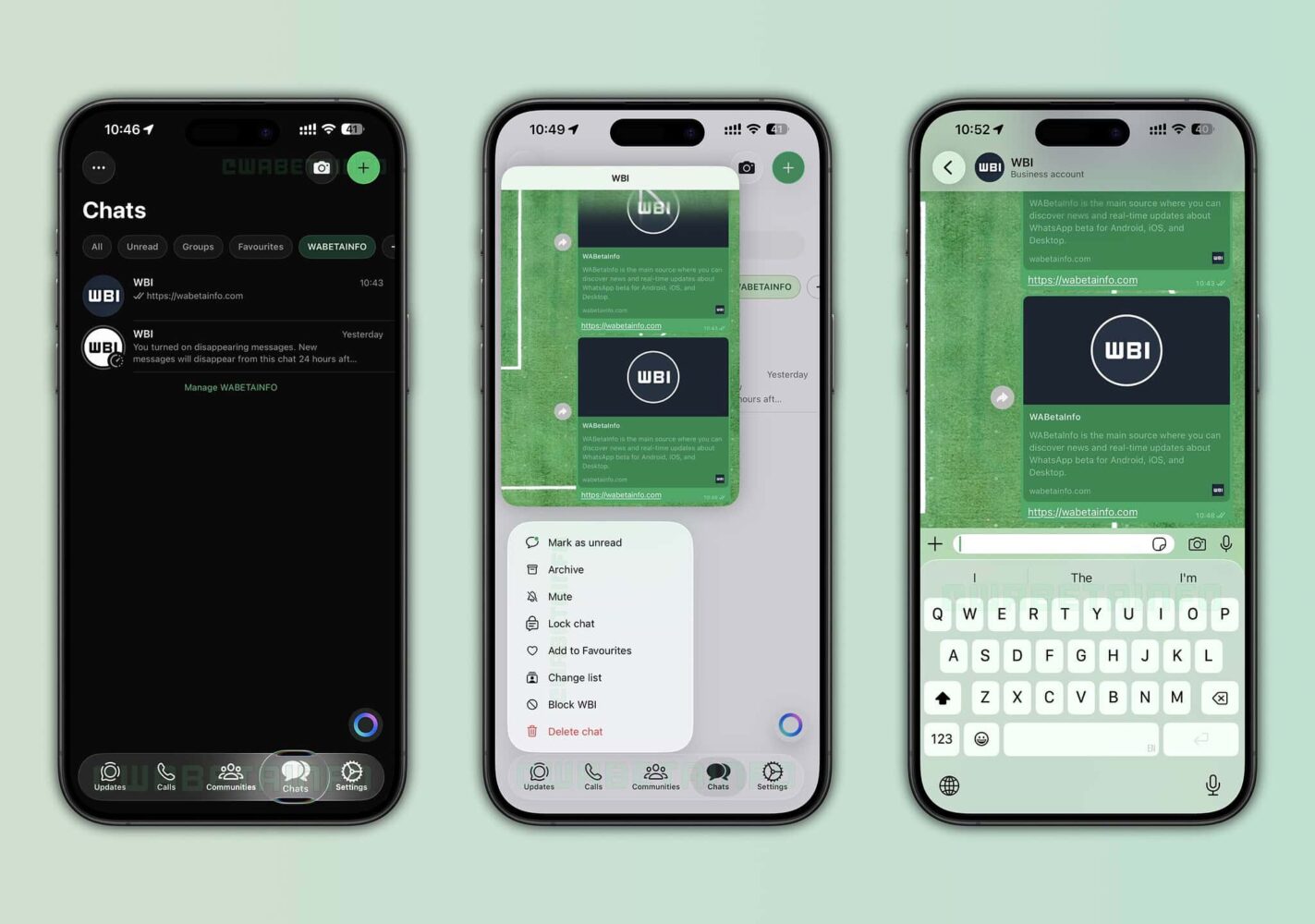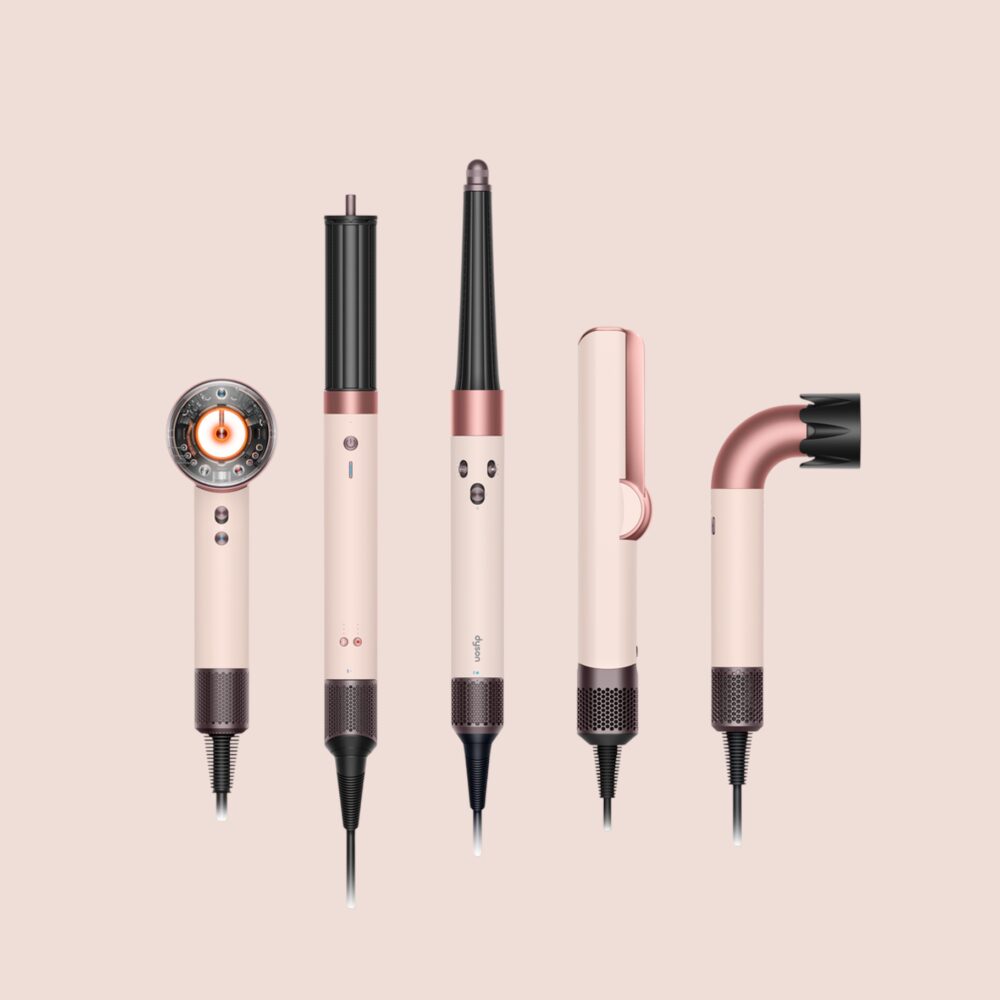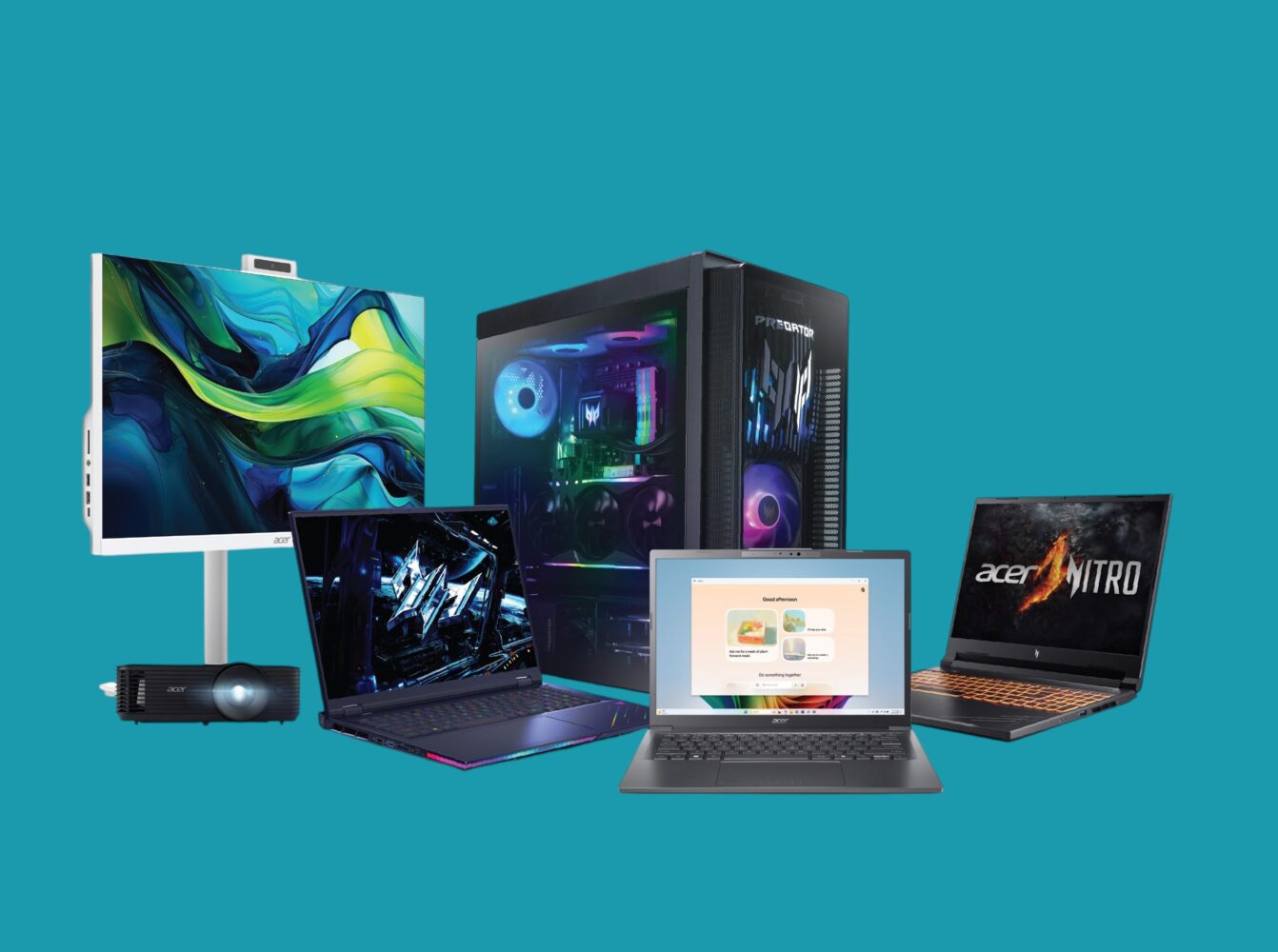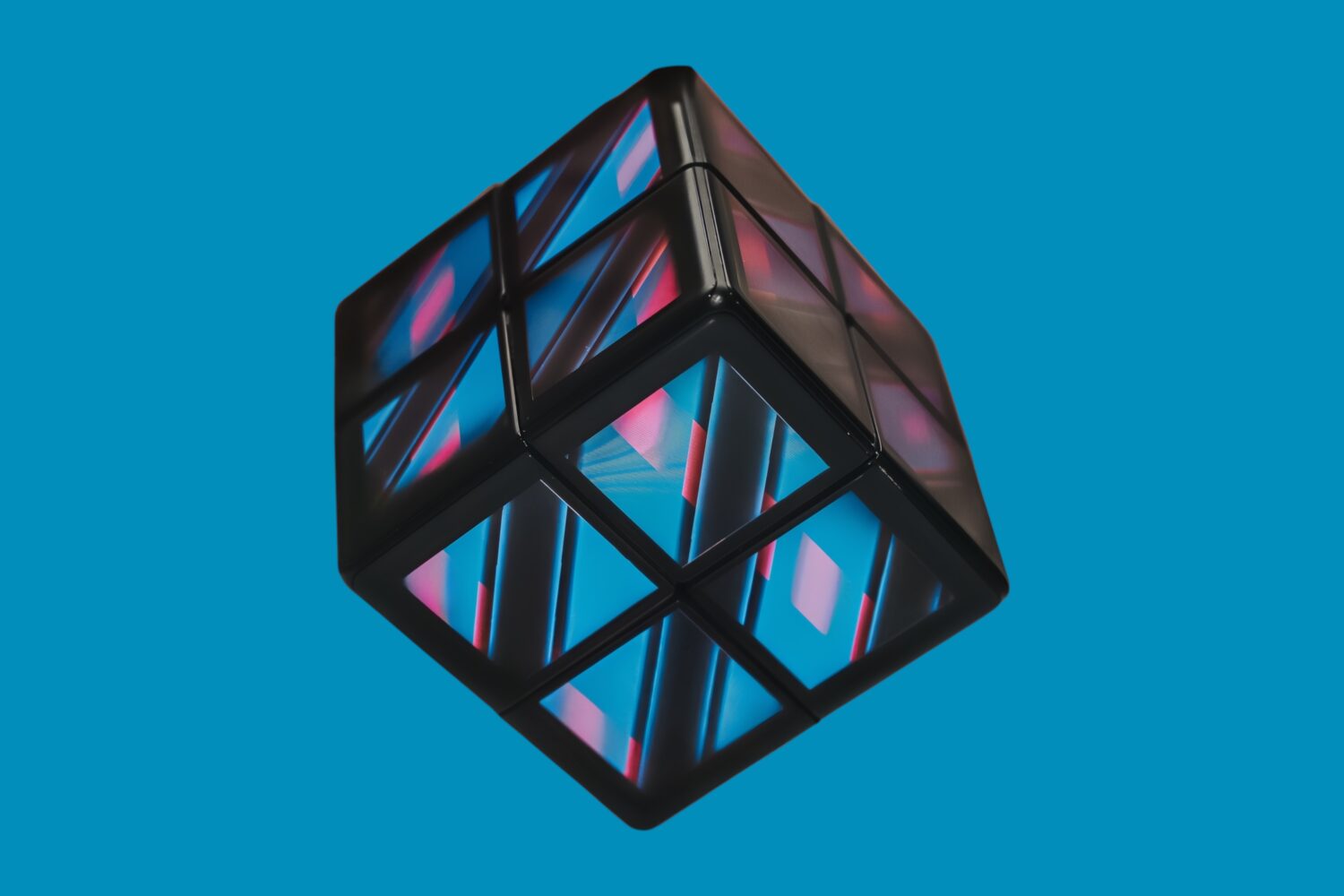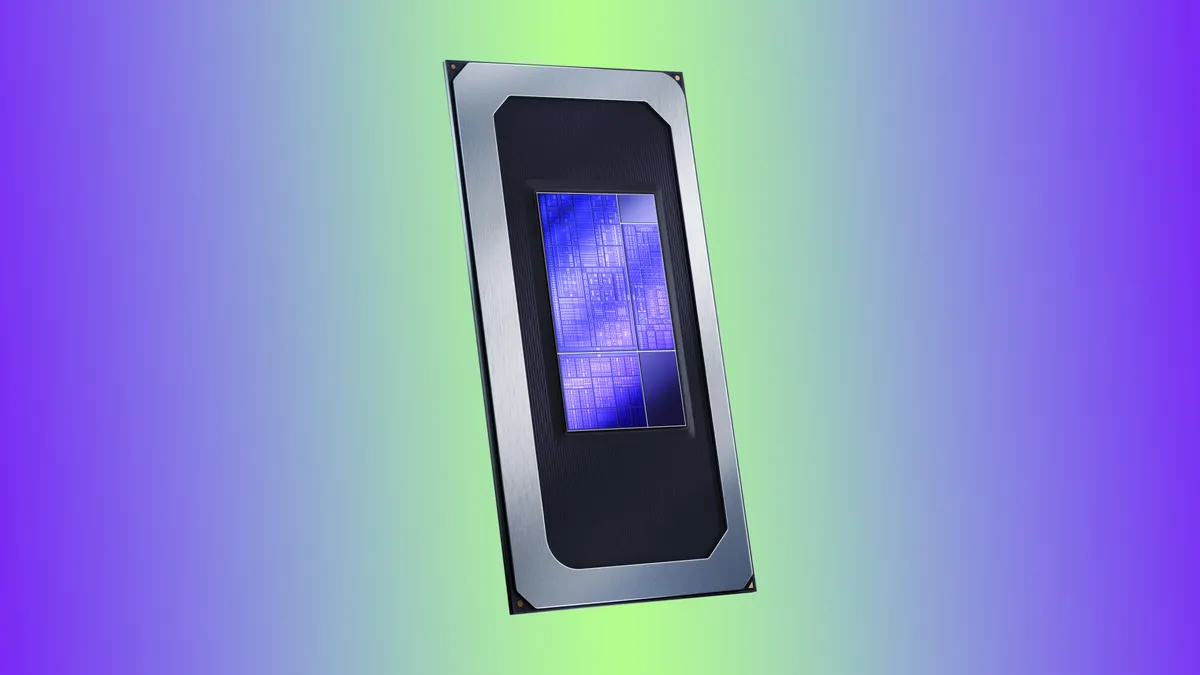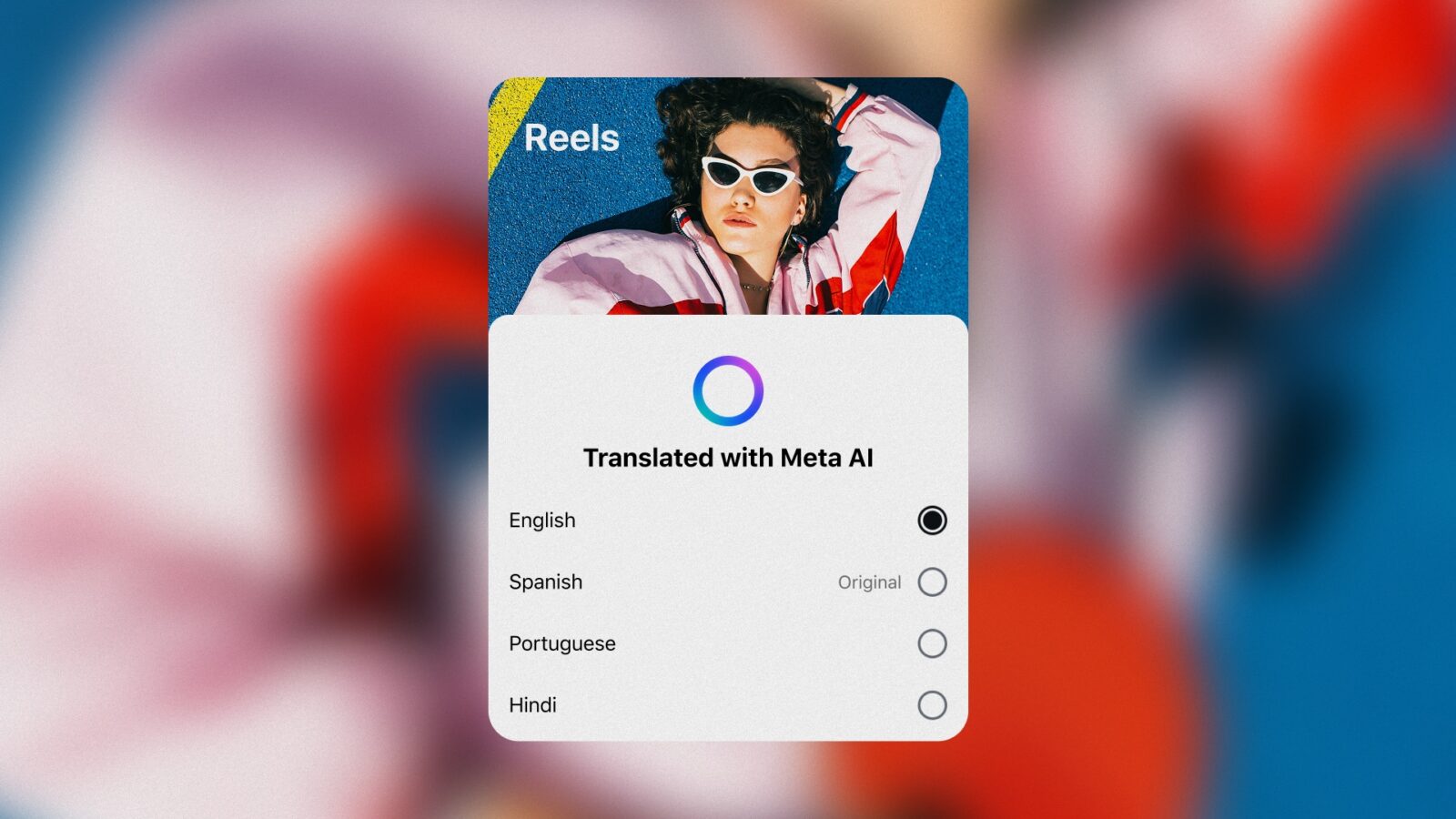WhatsApp for iOS is beginning to adopt Apple’s new Liquid Glass design, introducing one of the most significant visual updates the messaging app has seen in years. While Meta hasn’t formally announced the rollout, early adopters who have updated to version 25.28.75 on the App Store are already spotting the refreshed interface.
The redesign reflects WhatsApp’s gradual alignment with Apple’s evolving design language, which was introduced with iOS 18 and refined in iOS 26. The most visible change appears in the tab bar, now featuring Apple’s Liquid Glass aesthetic — a subtle, translucent layer that reacts dynamically to background colors and movement. It’s a small but noticeable shift that modernizes the app’s overall feel without straying from its core layout.
Beyond visuals, the latest update also integrates several functional enhancements. These include support for Live Photos within chats, improved writing suggestions, and on-device translation for text messages — a sign that WhatsApp is increasingly blending convenience with system-level features on iOS.
Reports from WABetaInfo suggest that Meta began testing the Liquid Glass compatibility in beta last month before extending it to the public version. As with most of WhatsApp’s updates, the rollout is staggered, meaning not all users will see the redesign immediately. This phased approach helps the company identify and resolve potential issues before the update reaches the entire user base.
The release notes confirm that new features may take several weeks to appear for everyone. Users who haven’t yet received the new interface are likely to get it soon as the update continues to propagate globally.
The Liquid Glass update is less about dramatic reinvention and more about refinement. It brings WhatsApp visually closer to the broader iOS ecosystem while maintaining its familiar usability and minimalist structure. The result is a cleaner, more responsive interface that complements Apple’s current aesthetic direction and suggests that Meta is willing to adapt to platform-specific design trends — at least on iPhone.

